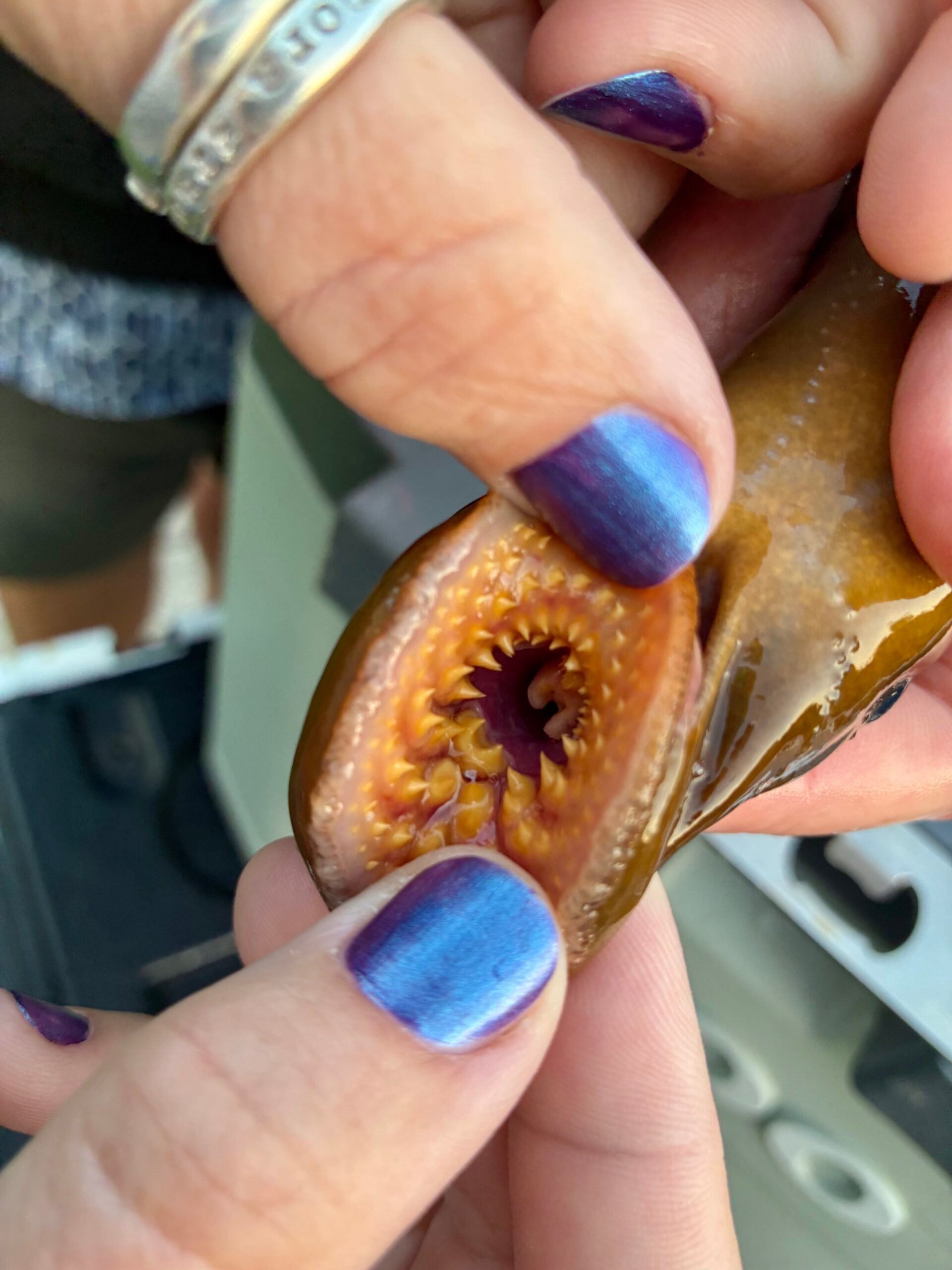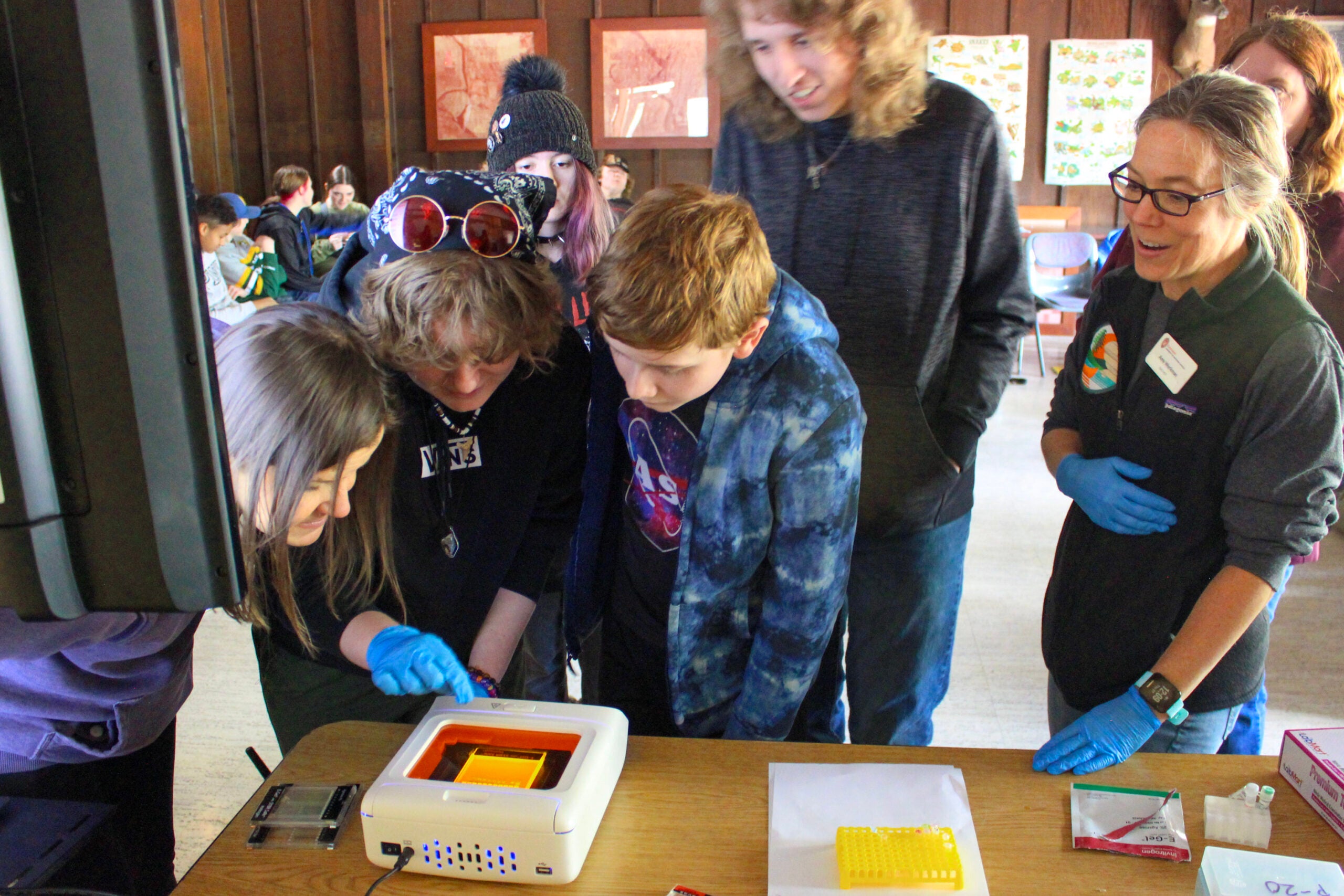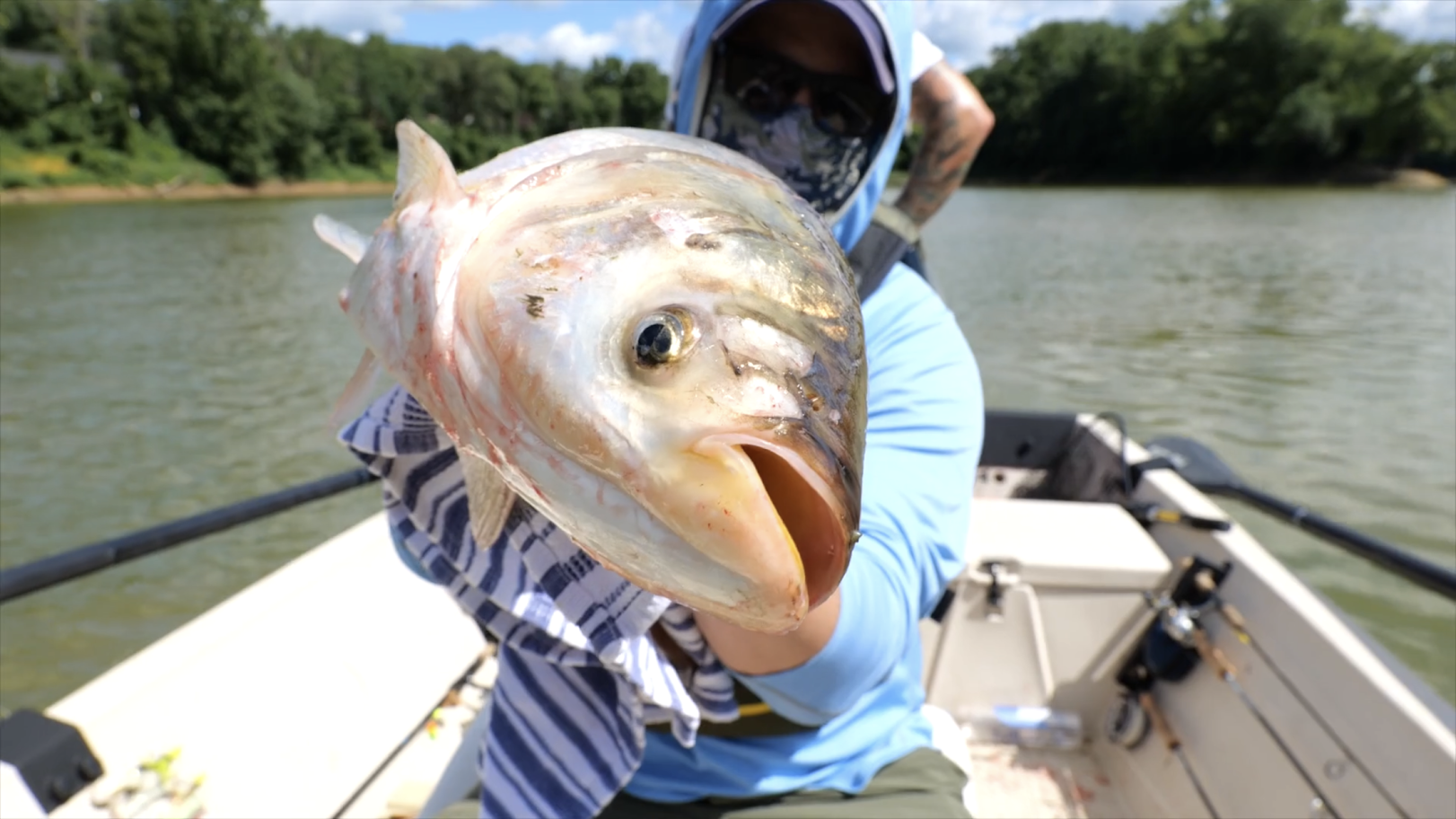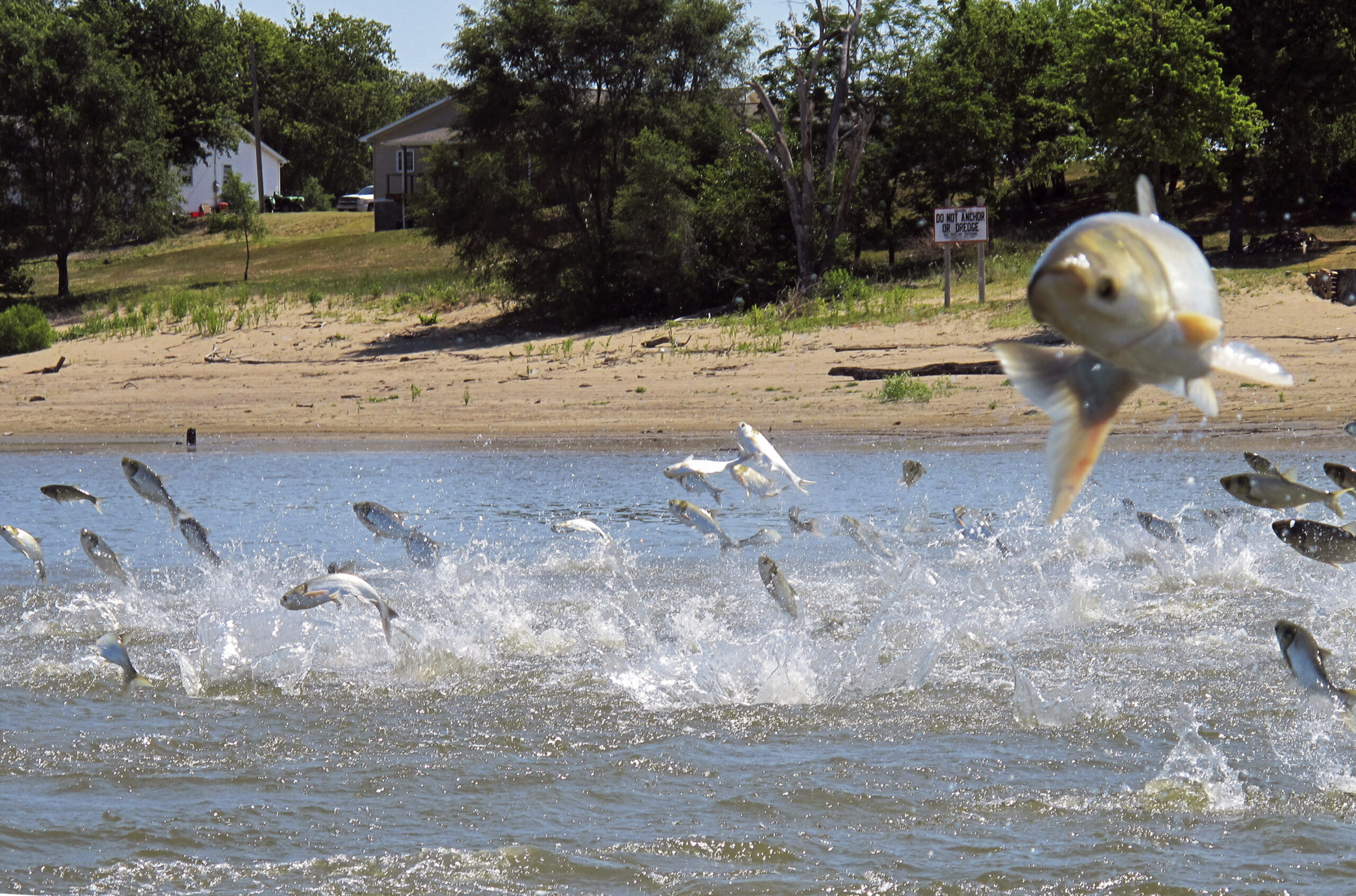Concerned the spread of invasive carp into Lake Michigan would wreak havoc on ecosystems and economies, state and federal agencies are pouring millions into prevention efforts.
And so far, the initiatives appear to be working, according to Amy McGovern.
McGovern is the aquatic invasive species program supervisor for the Midwest Region of the U.S. Fish and Wildlife Service, and is involved with monitoring the carp in Illinois rivers.
News with a little more humanity
WPR’s “Wisconsin Today” newsletter keeps you connected to the state you love without feeling overwhelmed. No paywall. No agenda. No corporate filter.
“We really haven’t seen that population front move in the last decade,” McGovern said. “They’re still about 40 to 50 miles from Lake Michigan.”
She made the comments Friday while appearing on Wisconsin Public Radio’s “The Morning Show.” A program listener recently requested an update on invasive carp movements.
Invasive carp are problematic because they can consume almost half of their body weight in food each day, and that puts pressure on native species.
McGovern said state and federal authorities are using a range of methods to monitor and block the spread of invasive carp. Illinois alone supports programs that annually remove a million pounds of fish from waterways, she said.
One newer method seeks to deter carp via underwater sound. At a testing site in Kentucky and another on the Mississippi River at the southeast corner of Iowa, devices installed on riverbeds are emitting sound in an effort to block carp, McGovern said. The Kentucky site is experimenting whether deploying a curtain of bubbles can deter carp, too.
“We’re tagging fish in these areas and seeing how they respond behaviorally, as well as native fish. We want to make sure that we know how and understand how these systems affect native fish as well,” she said.
READ MORE: Wildlife Officials Trying New Method To Detect, Remove Invasive Carp In Mississippi River
READ MORE: Efforts To Keep Asian Carp Out Of The Great Lakes Move Forward Under New Agreements
READ MORE: Climate Change Would Limit Competition For Asian Carp If Introduced In Lake Michigan, Study Finds
In the Mississippi River, invasive carp are more common south of Wisconsin. Mark Fritts is a fish biologist for the U.S. Fish and Wildlife Service and the La Crosse Fish and Wildlife Conservation Office. He said reproducing populations of carp start existing along the Missouri border and the density of carp declines farther up river.
“At this point in time, we’re confident that we only have a small population here in Wisconsin,” he said.
Wisconsin Public Radio, © Copyright 2025, Board of Regents of the University of Wisconsin System and Wisconsin Educational Communications Board.






